Environmental Degradation of Jammu and Kashmir Himalayas and their Control
Synopsis
Today's, world is beset with the issues of environmental degradation, ecological imbalance and developmental constraints. Degradation of the forests and land resources, frequent flash floods, soil erosion/landslides, marching deserts, acid rains, green house effect and loss of protective cover of ozone layer are but a few manifestations of our insensitivity to environment and ecology. This situation is also not much better in India. Pressure of growing human and livestock population on our forests/pastures and man's greed for more industrialisation for material prosperity, have resulted in relentless exploitation of natural resources and degradation of forests. Pollution is yet another threat to the environment. The increased traffic and industrial activities cause pollution of air and water. These days, we breathe in more carbon monoxide, carbon dioxide and harmful materials than permissible limits. Untreated municipal/industrial wastes, when discharged into waterbodies, pollute the drinking water and increase mortality of fish and other aquatic life forms. The environmental degradation of Indian states falling under the Himalayas is also on the increase. The environment of Jammu and Kashmir Himalayas has been very much degraded. The Government of India has formulated certain laws to tackle with various environmental and pollution problems. Now the time has come to deal with this situation more firmly in Jammu and Kashmir Himalayan region too. Environmental Degradation of Jammu and Kashmir Himalayas and their Control, highlights all these problems and their solutions in 15 chapters. In chapters I, II and III, the causes of deforestation, degradation of land and pastures, their control measures and hazards have been described. Causes of soil erosion, floods and landslides and methods to control them and hazards are given in chapters IV, V and VI. Chapter VII deals in the perishing plant species of lower middle and high Himalayas and control measures to save plants from extinction. A brief account of wildlife of lower, middle and high Himalayas, wildlife, environment and endangered species and methods for protection of wildlife has been given in chapter VIII. Sources of air pollution and its impact on the health of human beings, animals and damage to plant kingdom and economic effects, are detailed in chapter IX along with control measures and global warming/green house effect and impact of acid rains. In chapter X, checking vehicular pollution, a brief scenario of vehicles of India and Jammu, hazards of vehicular pollution and control measures have been stated. Chapters XI and XII devote on water pollution and its control and control of noise pollution with main topics of water pollutants, their harmful effects and control and control of noise pollution, its hazards and remedies. Main factors or sources causing soil pollution, its harmful effects and control measures are narrated in chapter XIII, while food poisoning and contamination, microbial/natural toxins, chemical pollutants, food-borne infections, pesticide contamination, radioactive substances, food additives, food adulteration and food fortification, control and preventive measures, are given in chapter XIV. Concept of agroforestry, agroforestry systems and agroforestry and environment, are detailed in chapter XV. At the end of every chapter, control measures, priorities and suggestions for future development are presented.
Read more
22.50
20.25
$
25.00 $
Free delivery Wolrdwidе in 10-18 days
Ships in 1-2 days from New Delhi
Membership for 1 Year $35.00
Get it now and save 10%
Get it now and save 10%
BECOME A MEMBER

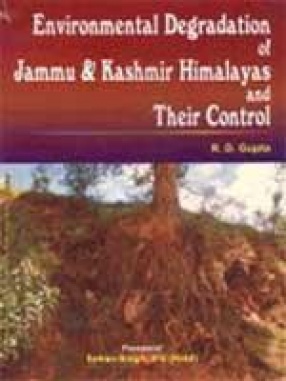
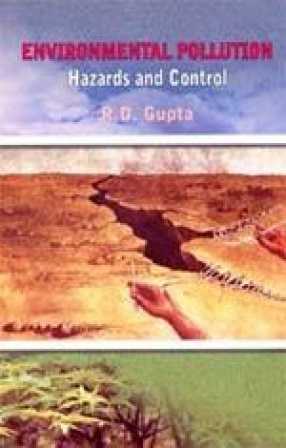
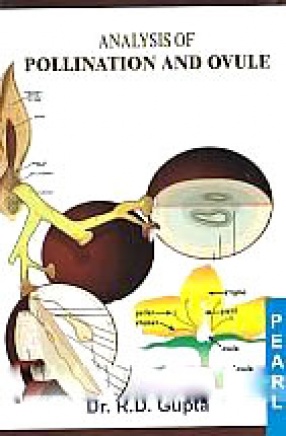
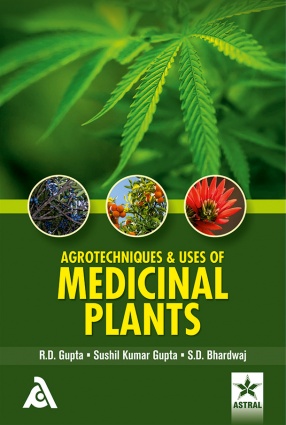
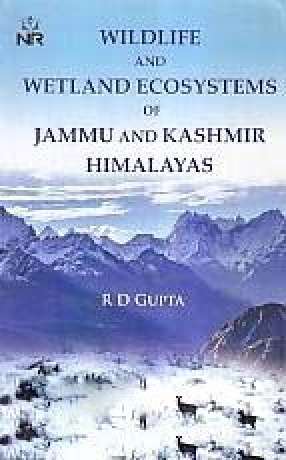
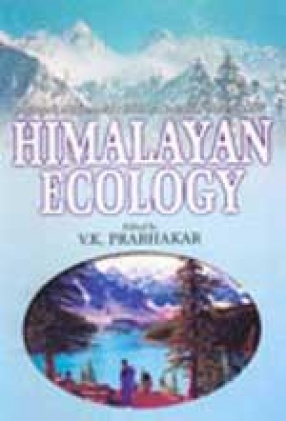
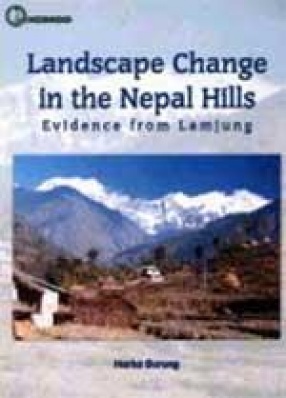
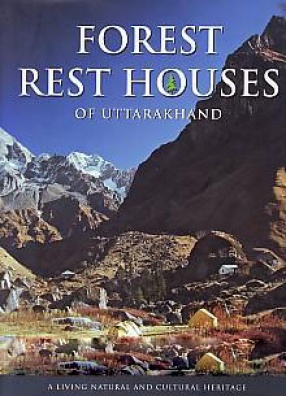
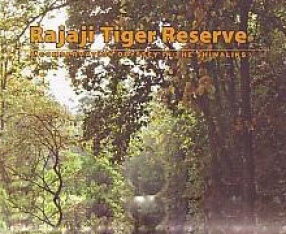

The book contains good and wide infromation about the status of soil, water, forest and wildlife resources of Jammu & Kashmir. It describes the nature and extent of degradation of these environmental and pollution problems. It is very interesting the learned and experienced author has mentioned some of the suggestive measures to check and control the environmental degradation in the fragile ecosystem like J&K state. The existing wildlife species in different altitudinal reaches is also a good compilation. Overall, I am impressed with the author collecting information on environmental issues from urban, rural, hilly tracts including forests and even the far reaches of the state.
Bibliographic information
Tags